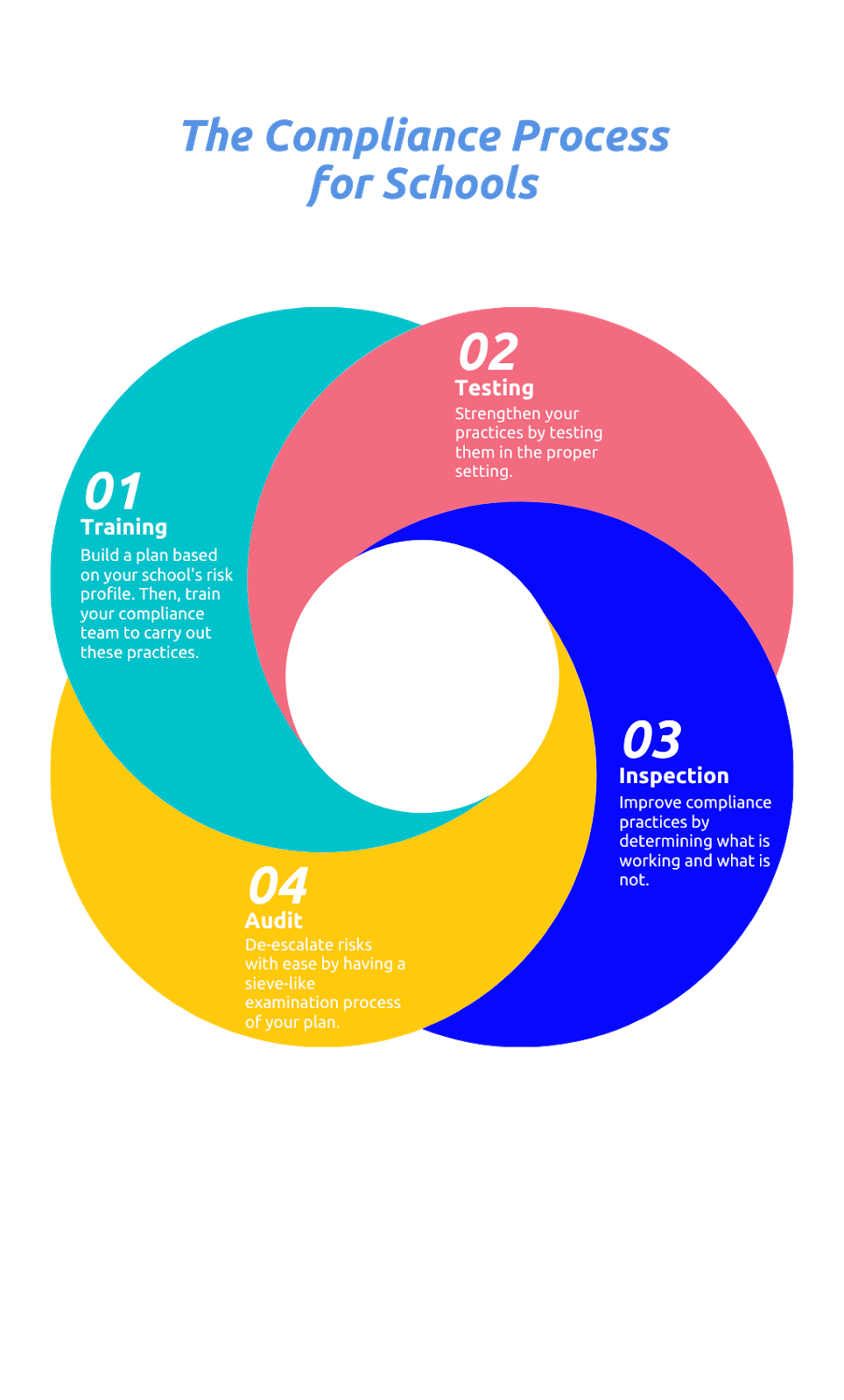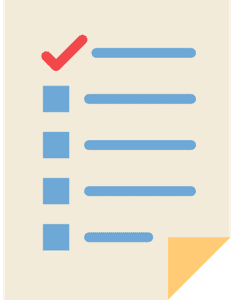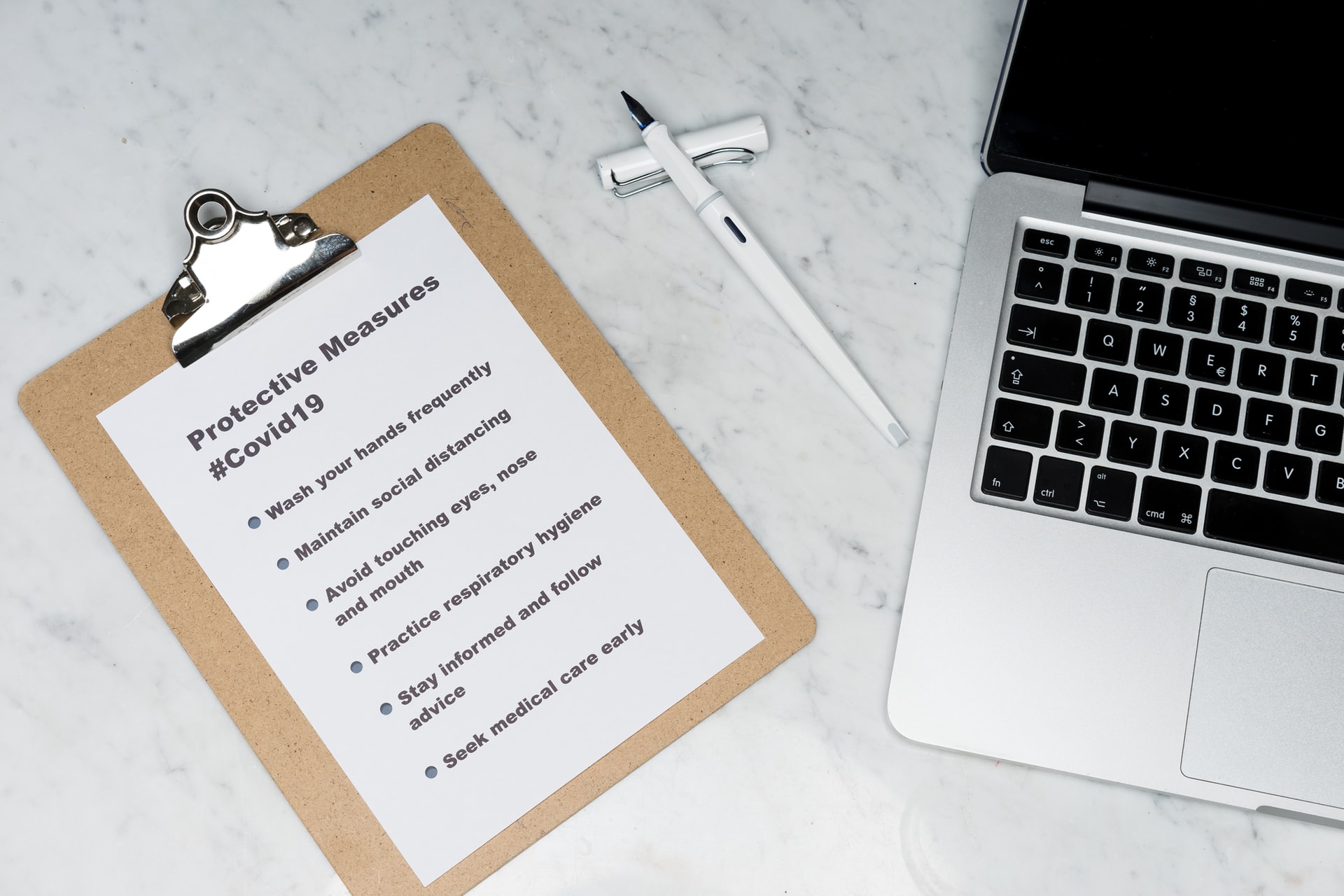The Complete Guide to School Compliance During COVID-19

One word that comes to mind when we think of compliance is pivot. Schools must pivot their institutions toward best practices for fluid operation. Developing a quality routine to combat COVID-19 comes down to flexibility.
Finding a dynamic process is like putting together a puzzle. Some parts fit together and make sense. Then, there are pieces that seem to go but don’t create the proper picture.
Identifying emerging and intensifying risks will keep your campus healthy and safe. Ultimately, the best compliance measures will follow a training, testing, inspection, and audit model.
Make sure your campus is demonstrating this model in good faith. The sake of continued operations and cleanliness for staff and students is at stake. So, can we tell you how to get to "Compliance Process Street?"
Let us guide you in the right direction…
New Normal: What We’re Up Against
The COVID-19 crisis makes it more apparent than ever that campus compliance is both a safety and social good. Compliance has to be guided with a conscience: to protect and support.
Compliance measures should be enhancing your day to day processes. As a quality management system, compliance procedures should be cyclical in function. They should smoothly run in their course and frequently be audited for workmanship.
There should be an establishment of routine measures that are then exercised to be proven practical.
Day to day COVID-19 fires lead to disruption. New risks will appear and cause harm quickly. For this reason, reviewing the functionality of your compliance measures is necessary.
If you can stunt risks, you can control the structure of your institution for superlative operation. Schools are partly financial institutions. Without a holistic plan, schools cannot provide services to their students.
The leaders of compliance teams need to be swift and tactical to combat radical changes. To mimic radical changes, random risk assessments will keep your team on their toes. Escalate issues so you can deliberate on what actions need updating.
Tinkering with variables will give you control over circumstances that may arise. By staying nimble with your policies, you can remain a campus in pristine health.
While in crisis, it is difficult to rally personnel and construct information about potential risks. However, you will thank yourself for the emergence of your compliance team and benefit from their ad hoc decision-making in crunch time.

Compliance Audit for Schools
Many decisions your school makes today to reduce your physical, financial, and health risks will payoff for the future. Collective observance of a school’s risk profile will improve compliance practices.
Institutions don’t have to be in the dark on how to manage changing risks. Here are three tips for compliance teams:
3 Key Steps to Managing Changing Risks
1. Perform Frequent Risk Assessment
Set up a dynamic process to consider guidance from local government officials. Place regulators to monitor the organization’s crisis response. Watch for dimensions that can be executed with more urgency. To optimize the school’s response times will call for surveillancing workflows midway through compliance testing.
2. Shift Activities And Focus
Compliance needs must be combed through to deploy its resources optimally. Your campus should operate as a new environment. There may be times where risk-driven resources need to be channeled for continued education.
3. Managing Compliance In A Remote Environment
With a new normal comes new tools that need surveillance. It’s notable to look at more activities with regulatory checkpoint reviews. Prioritize productivity while even remote. Connectivity and fostering team morale are vital for operating like clockwork while risk assessing.
With newly added features to consider in an actionable plan, your team can absorb the shock that roadblocks will bring along the way. Engineering these controls will intensify mitigation strategies.
How to Develop a COVID-19 Mitigation Toolkit
More than obtaining financial reprieve from the setbacks caused by the pandemic, child care organizations and schools shouldn’t forget about their responsibility to protect their students and staff. Compliance safeguards should be an utmost priority and satisfy a comprehensive audit checklist.
Sam Nabil, the CEO and Lead Therapist of Naya Clinics, provided us with this list of 5 things that determine school success based on their audit process:
- Familiarization of relevant health code violations
- Consultation of local health institutions
- Random conduction of self-inspections
- Informing and training employees
- Staying up to date on newly developing practices
It is vital that ample ideas and knowledge are used to advance the guidance measures for schools.
Nine Steps for COVID-19 Compliance in Schools
Let’s talk about the place students will spend the majority of their time: the classroom. As an instructor, your classroom setup will matter to reduce touchpoints kids can come in contact with.
Having a clean and clear space will allow for organized, uninterrupted instruction. Here are nine things you can do to set up a classroom so it is compliant:
- Section off a “teacher zone”: You are the primary model of how to be a healthy member of the classroom as the instructor. Your teaching space is where you can keep a safe distance from your students and show them how to protect one another. Prioritize this communication method so they know the boundaries.
- Space students six feet apart: At minimum, distance six-eight feet when possible. Know the square footage you are working with to create a reasonable layout. Assigned seating will aid with contact tracing as well. Keeping distractions at bay will be another benefit to the distancing and stunting the spread of the virus.
- Desks should be facing the teacher: Rather than facing one another, keep the focus on the instructor to avoid distractions like spinning in chairs and turning to their neighbor to socialize.
- Reorder community learning stations and activities: Have fewer sized groups with minimal physical contact or shared objects. When space is an obstacle, have physical barriers in place. Therefore, fewer touchpoints for the spread of the virus is the other goal aside from transference of knowledge while maintaining social and emotional learning.
- Map out walking paths: Using colorful tape on floors or signage on walls ensures students are aware of the safety protocols. You can have added implementations in your classrooms. However, the purpose is to provide a reminder of common standards. When students need to dispose of trash or visit their cubby, have signals like “airplane arms”–arm’s length apart–to encourage social distancing at all times. If you’re in a tight teaching space, this will go a long way and satisfy your compliance measures.
- Setup sanitation zones: At checkpoints like the classroom entrance/exit and communal touchpoints like the pencil sharpener. If you don’t have a sink for handwashing with soap and water for at minimum 20 seconds, have hand sanitizer at 60 percent alcohol levels. Supervise the kids using hand sanitizer to monitor proper use. For high-level cleanliness, set aside time to handwash as a group, if possible.
- Minimize the use of shared spaces and objects: In the classroom, keep each student’s belongings separated with individual cubby spaces. Partner with parents regarding student personalization implementation. This could be in the form of each student having their own labeled art and learning supplies. Make sure high traffic touchpoints are cleaned regularly, if not after every use.
- Display models to promote daily protective measures to stop the spread of the virus. Post signage in your classroom, such as a segmented compliance checklist. This would be “how to’s” on handwashing, properly wearing a mask, and coughing/sneezing etiquette. Refer to official CDC posters that are child friendly and ready to print.
- Identify where the cleaning and disinfecting supplies live: Ensure there are safe use and storage of cleaning and disinfection products. Make sure they are securely away from students, especially if they are made with harsh chemicals.
We draw reasonable conclusions from these implementations to show how teachers can have a smooth transition into clean spaces for transferring knowledge to students. Setting boundaries means the focus can stay on learning in a safe environment.
Continuing these standards will implore students and families to keep their community safe too. Therefore, your compliance plan will come full circle, being cyclical in function for your school and beyond.
Forward-Looking Strategies
Flashpoints are likely to show up. Frequent and dynamic risk assessment against your drafted compliance checklist will keep your campus well equipped against COVID-19.
Reliable communication to respond to tasks needs to become your new normal if it wasn’t already. The culture of compliance requires adaptation of school plans. Possessing a potent taskforce to de-escalate risks will ease the stress on the team and school. So, adapt quickly and plan reasonably for your campus to be able to navigate this virus successfully.











